The Mona Lisa by Leonardo da Vinci, one of the most recognizable paintings in the world, is now at your fingertips… or rather, at the tip of your colored pencils! Imagine bringing this masterpiece to life with your own color palette. It’s a fantastic way to connect with art history and unleash your inner artist. But where to start? This comprehensive guide will walk you through coloring The Mona Lisa, providing tips, tricks, and inspiration to help you create your own unique version of this iconic artwork.
What is The Mona Lisa by Leonardo da Vinci? (Origin and Significance)
The Mona Lisa, also known as La Gioconda, is a half-length portrait painting by the Italian Renaissance artist Leonardo da Vinci. It’s believed to have been painted between 1503 and 1517. The subject of the painting is thought to be Lisa Gherardini, the wife of a Florentine merchant. What makes The Mona Lisa so fascinating is her enigmatic smile and the unique sfumato technique used by da Vinci, which creates a soft, almost dreamlike quality to the image. The Mona Lisa is not just a painting; it’s a symbol of the Renaissance and a testament to da Vinci’s artistic genius. It has captivated viewers for centuries and continues to be a source of inspiration and intrigue.
The Benefits of Coloring for Creativity and Relaxation
Why color? Well, besides being incredibly fun, coloring has been shown to reduce stress and anxiety. It’s a meditative activity that allows you to focus on the present moment and let your worries melt away. Coloring also sparks creativity. It encourages you to experiment with different color combinations and develop your artistic skills. Think of it as a playful workout for your brain! It’s a chance to express yourself, explore your imagination, and create something beautiful. Whether you’re an experienced artist or just starting out, coloring can be a rewarding and therapeutic experience.
The Mona Lisa Coloring Page Collection
Coloring Library offers a diverse collection of Mona Lisa coloring pages, catering to all skill levels. From simplified outlines for beginners to more intricate designs for seasoned colorists, we have something for everyone. Imagine coloring a classic Mona Lisa, or perhaps a whimsical version with a modern twist. The possibilities are endless!
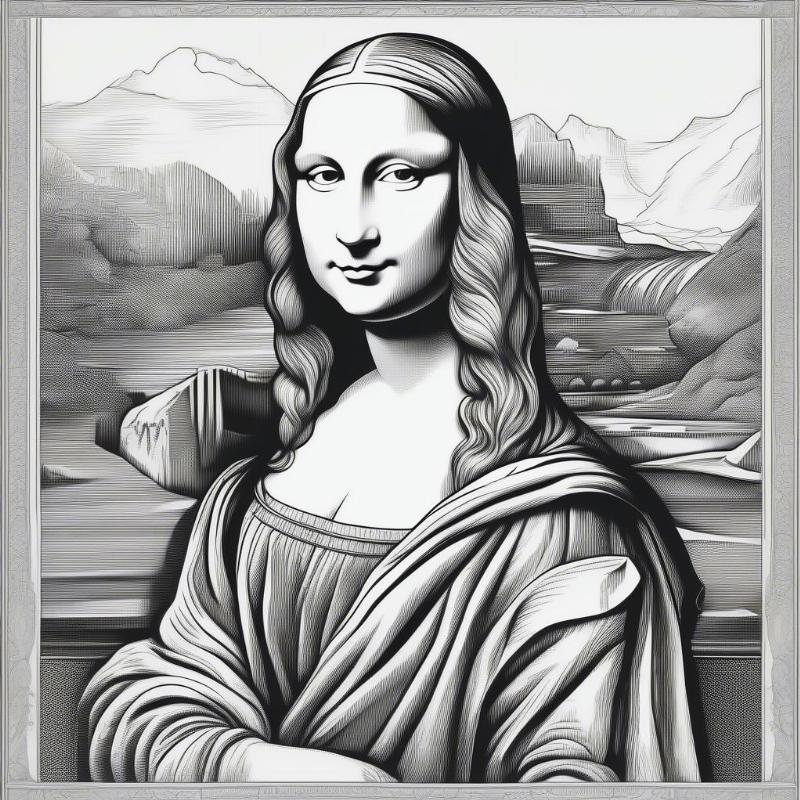 Classic Mona Lisa Coloring Page
Classic Mona Lisa Coloring Page
Video Tutorial: Coloring the Mona Lisa
Need some inspiration? Check out our video tutorial on how to color The Mona Lisa. We’ll guide you through the process, sharing tips and techniques for achieving different effects. From choosing the right color palette to blending and shading, you’ll learn everything you need to create a stunning masterpiece.
[video-1|Coloring the Mona Lisa Step by Step|A step-by-step video tutorial demonstrating how to color a Mona Lisa coloring page. The video covers choosing a color palette, blending techniques, and adding details to create a finished artwork.]
Choosing the Right Paper and Coloring Tools
The type of paper and coloring tools you use can significantly impact your finished artwork. For a smoother coloring experience, opt for thicker paper that can handle multiple layers of color without bleeding through. Experiment with different coloring mediums like colored pencils, crayons, markers, or even watercolors to discover your preferred style. Each medium offers unique possibilities and allows you to achieve different textures and effects.
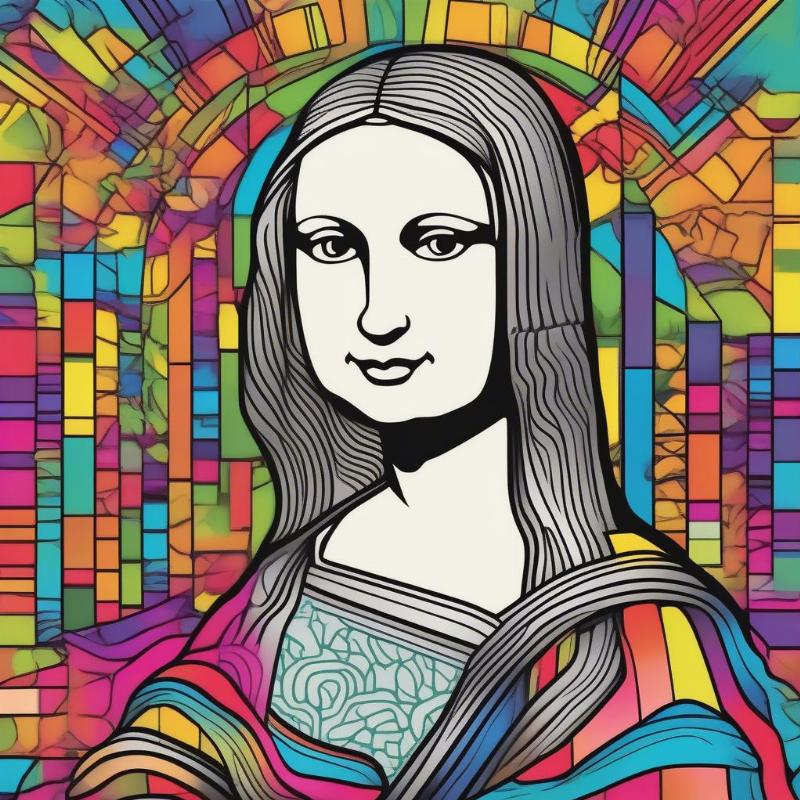 Pop Art Mona Lisa Coloring Page
Pop Art Mona Lisa Coloring Page
Creative Ideas When Using Mona Lisa Coloring Pages
Don’t be afraid to think outside the box! Coloring The Mona Lisa is all about expressing your creativity. Try using unconventional color palettes, adding patterns and textures, or even incorporating elements from other artworks. You could give Mona Lisa a floral crown, dress her in a modern outfit, or place her in a completely different setting. Let your imagination run wild! You can even create a series of Mona Lisa coloring pages, each with a different theme or style.
How can I make my Mona Lisa coloring page unique?
There are countless ways to personalize your Mona Lisa coloring page. You can use unconventional color schemes, add intricate patterns to her dress, or even reimagine the background with a fantastical landscape. The key is to let your creativity flow and make it your own!
Why is coloring The Mona Lisa a good activity?
Coloring The Mona Lisa is a great way to connect with art history, relax, and unleash your inner artist. It allows you to engage with a masterpiece in a new and interactive way, fostering creativity and mindfulness. It’s a fun and enriching activity for all ages.
What are the best colors to use for a Mona Lisa coloring page?
The best colors are the ones that inspire you! While traditional representations of The Mona Lisa often use muted earth tones, there’s no reason to limit yourself. Experiment with vibrant hues, metallic shades, or even create a monochromatic masterpiece.
 Mona Lisa with a Cat Coloring Page
Mona Lisa with a Cat Coloring Page
FAQs
-
Can I sell my colored Mona Lisa artwork? While you can certainly share your colored Mona Lisa creation with friends and family, selling it might infringe on copyright laws as the original artwork is still protected.
-
Where can I find more Mona Lisa coloring pages? Coloring Library offers a wide selection of Mona Lisa coloring pages, from simple outlines to intricate designs.
-
What are the best coloring tools for beginners? Colored pencils are a great starting point for beginners as they offer good control and allow for blending and layering.
-
How can I improve my coloring skills? Practice makes perfect! Experiment with different techniques, observe other artists’ work, and don’t be afraid to make mistakes.
-
Is there a right or wrong way to color The Mona Lisa? Absolutely not! Coloring is all about self-expression. There’s no right or wrong way to do it.
-
Can I print these coloring pages for free? Many websites, including Coloring Library, offer free printable coloring pages.
-
Are there coloring pages for different skill levels? Yes, you can find coloring pages ranging from simple designs for beginners to complex illustrations for advanced colorists.
Unleash Your Inner Da Vinci
Coloring The Mona Lisa by Leonardo da Vinci is more than just filling in the lines; it’s about embarking on a creative journey. It’s about connecting with a timeless masterpiece in a personal and engaging way. So, grab your coloring tools, choose your favorite Mona Lisa coloring page, and let your imagination soar! We encourage you to experiment, explore, and most importantly, have fun. Don’t forget to share your colorful creations with us!
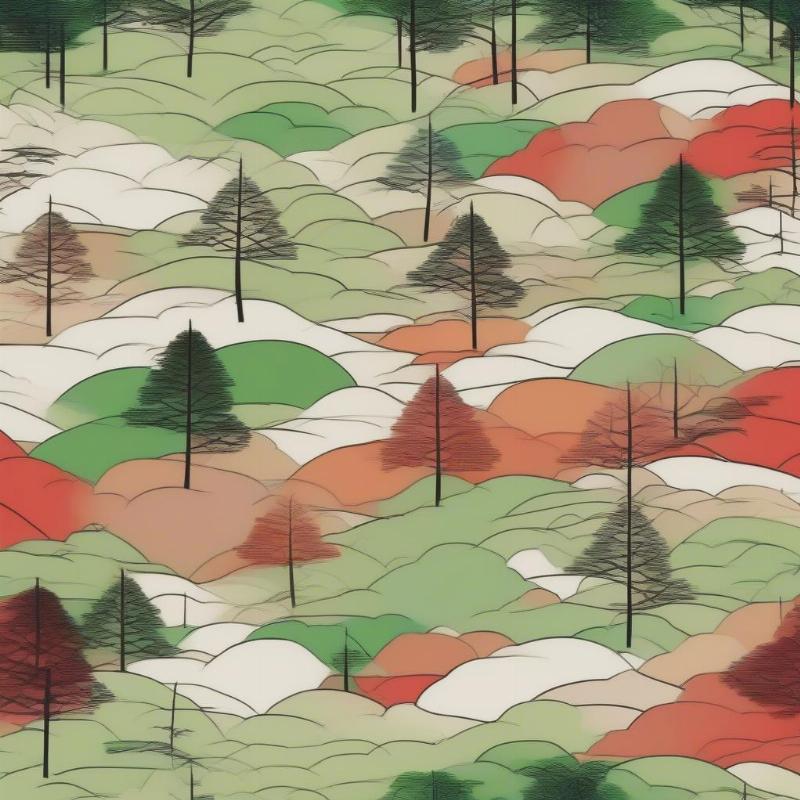
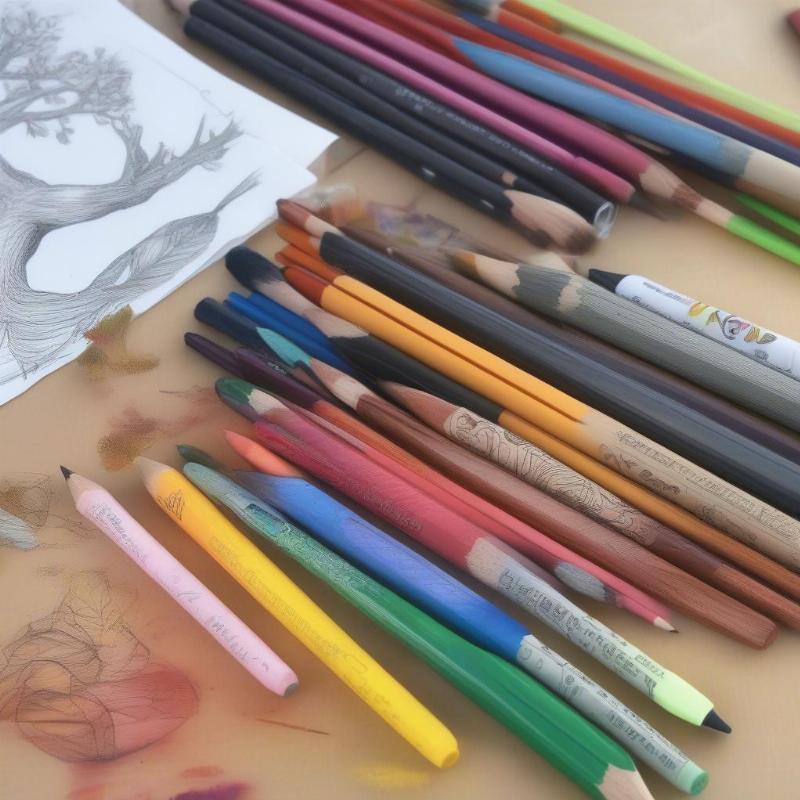 Coloring Tools for the Pine Tree Screen
Coloring Tools for the Pine Tree Screen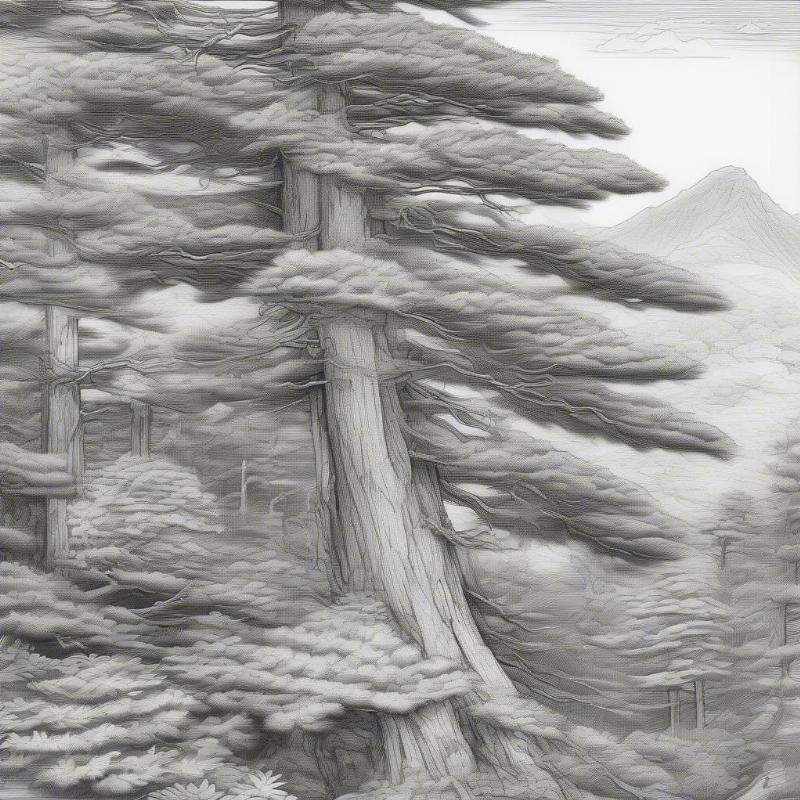 Detailed Pine Tree Screen Coloring Page
Detailed Pine Tree Screen Coloring Page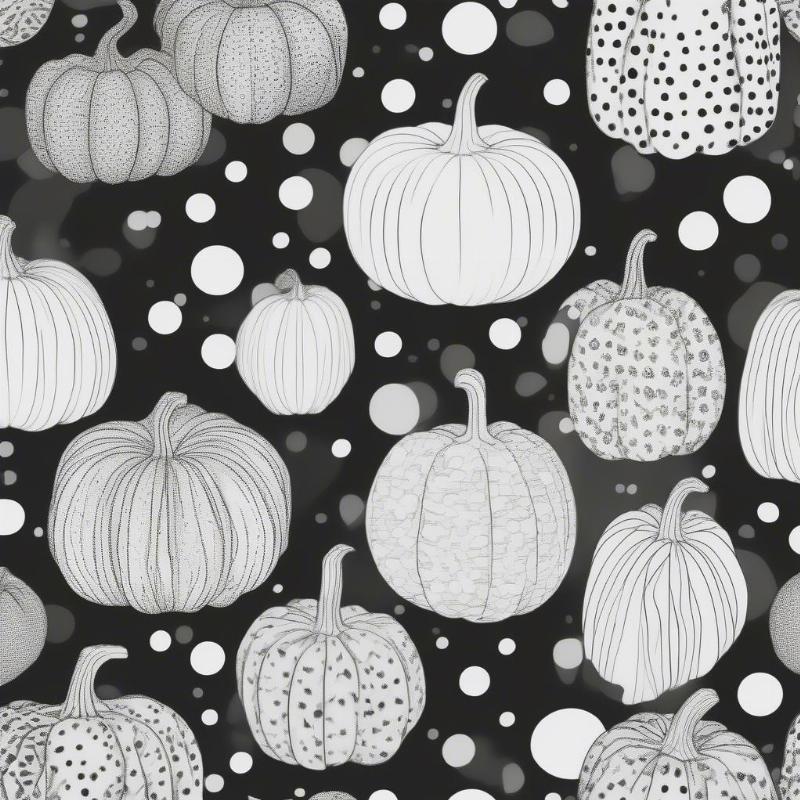
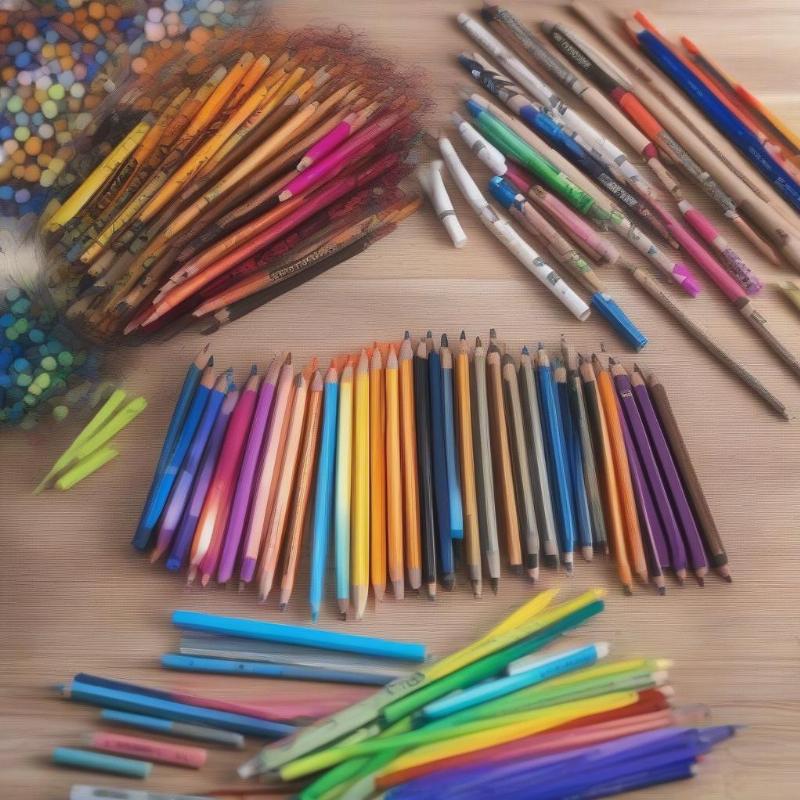 Colored Pencils and Markers Arranged for Coloring
Colored Pencils and Markers Arranged for Coloring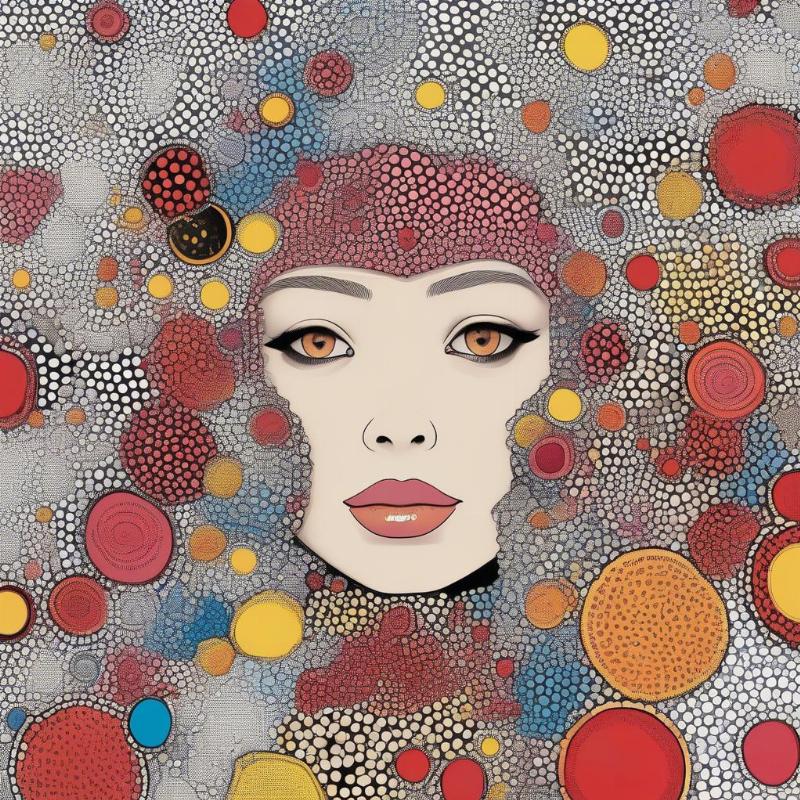 Finished Kusama Inspired Coloring Page with Vibrant Colors
Finished Kusama Inspired Coloring Page with Vibrant Colors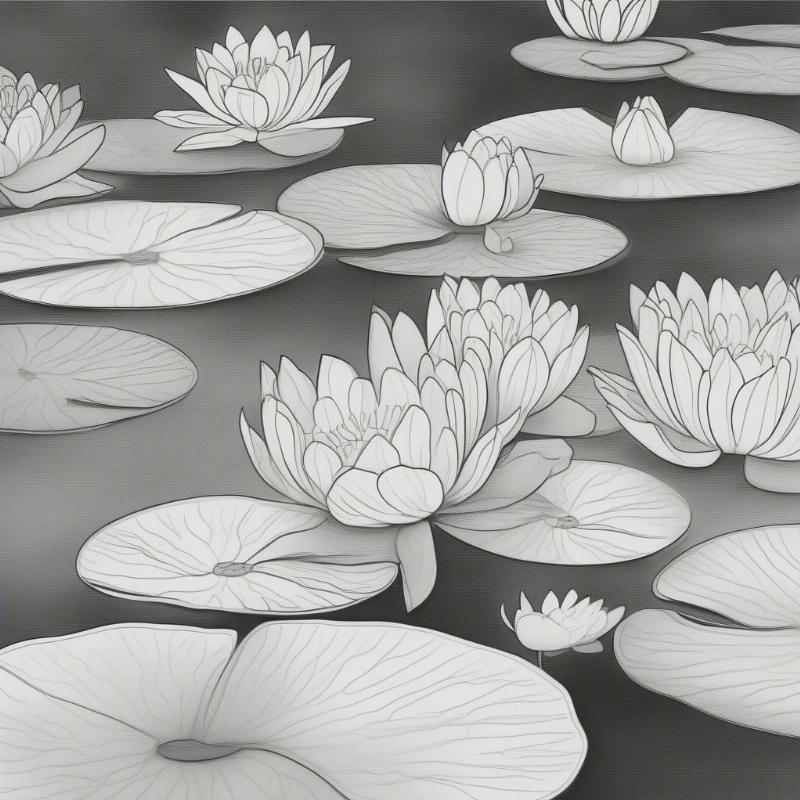
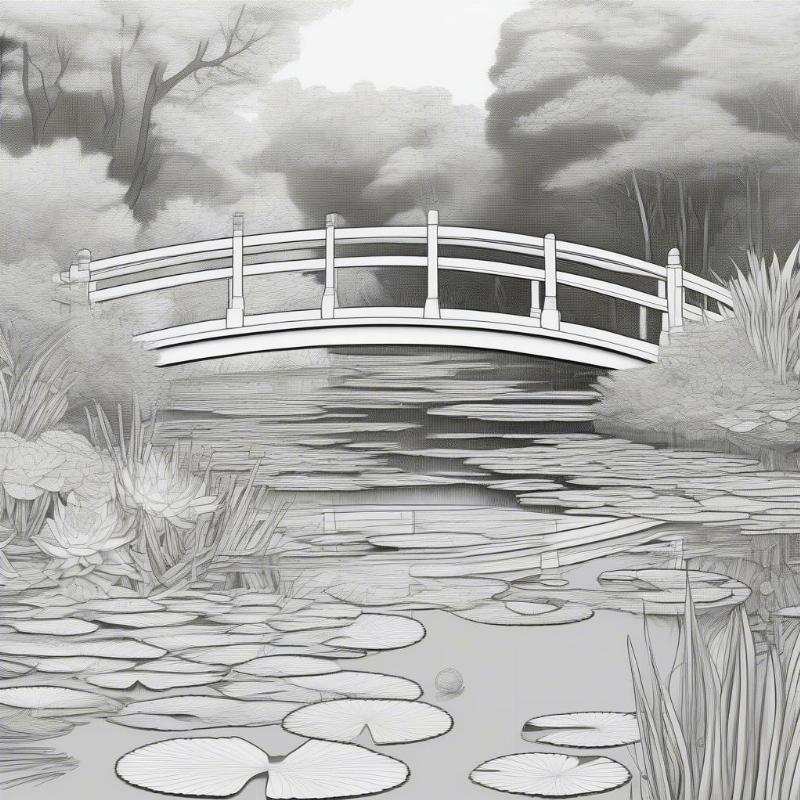 Monet's Water Lilies Intermediate Coloring Page
Monet's Water Lilies Intermediate Coloring Page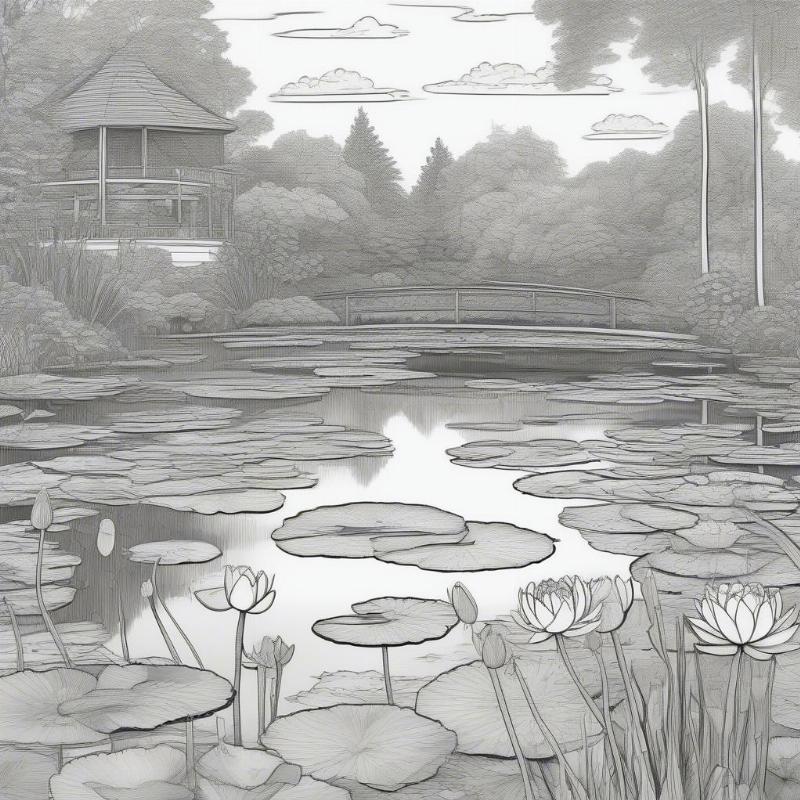 Monet's Water Lilies Advanced Coloring Page
Monet's Water Lilies Advanced Coloring Page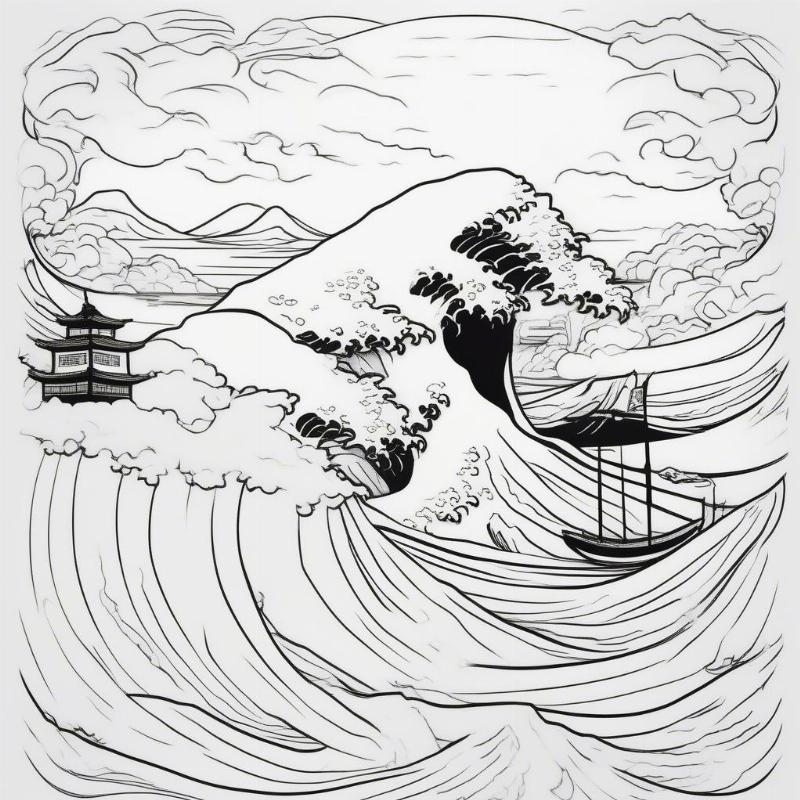
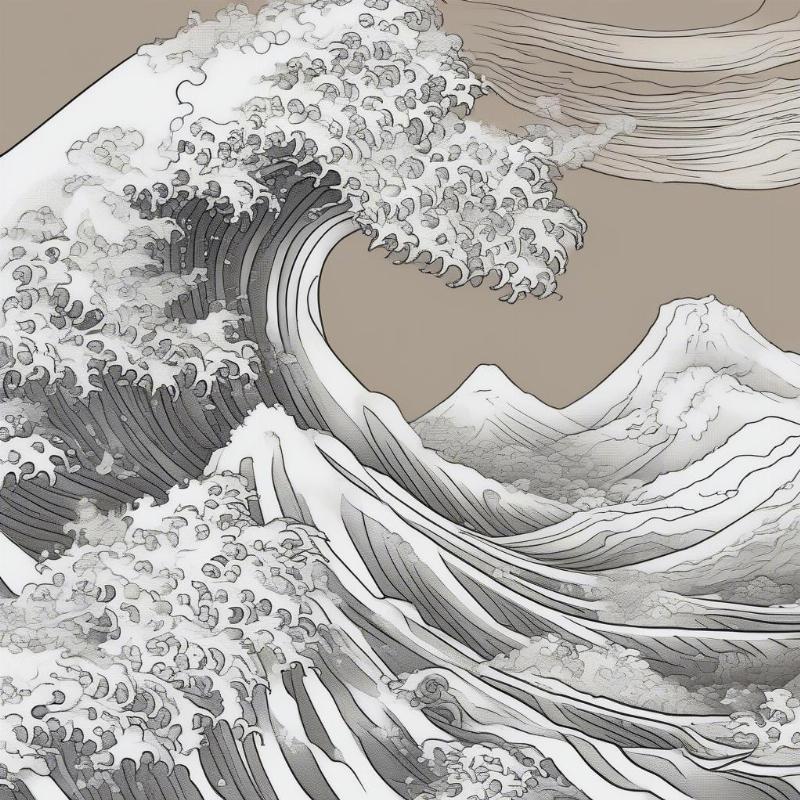 Detailed Great Wave Coloring Page with Japanese Patterns
Detailed Great Wave Coloring Page with Japanese Patterns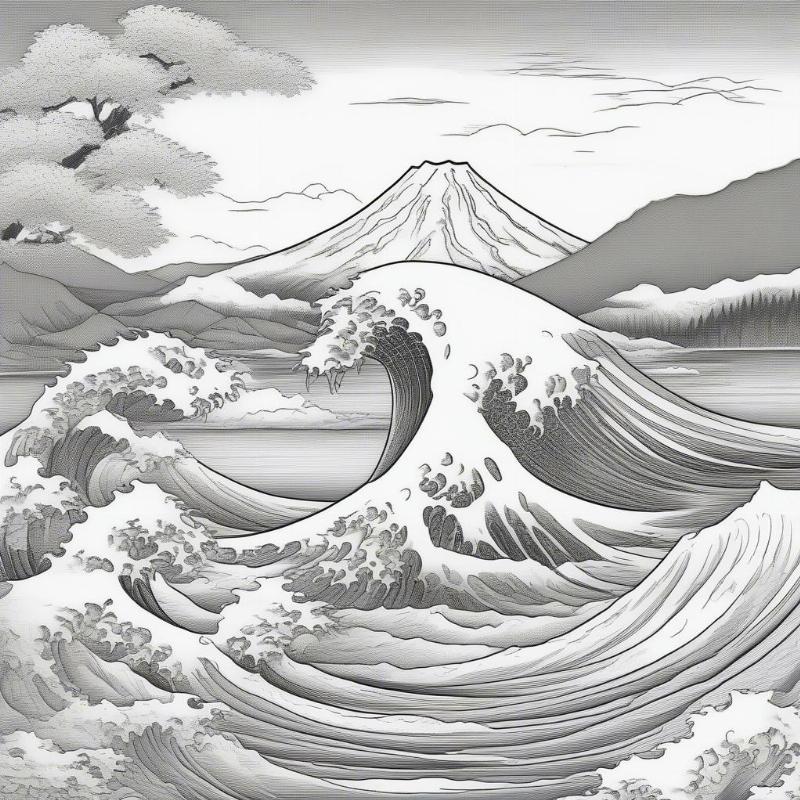 Great Wave Coloring Page with Mount Fuji in the Background
Great Wave Coloring Page with Mount Fuji in the Background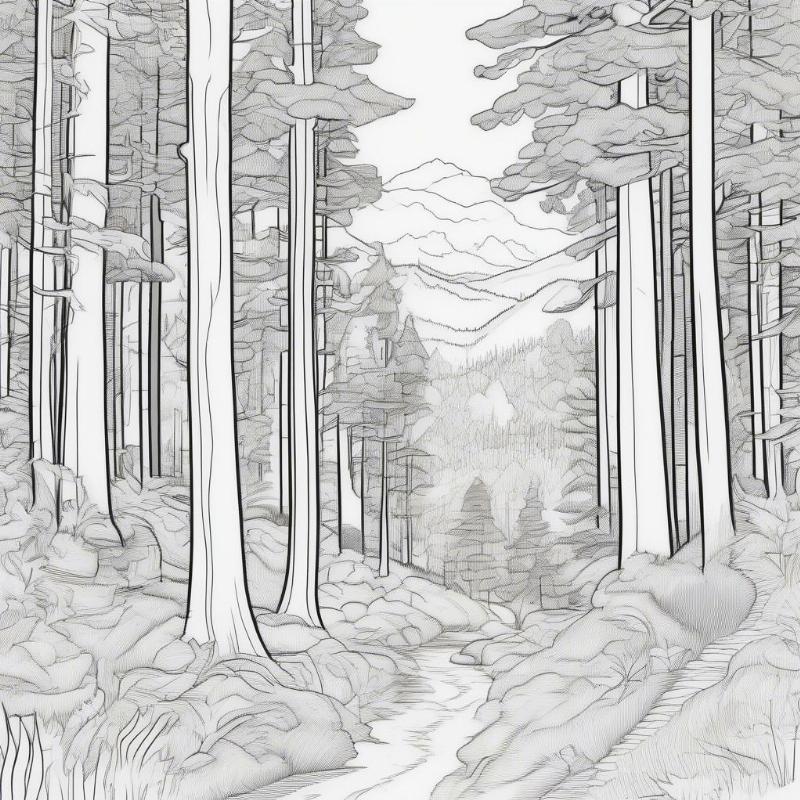
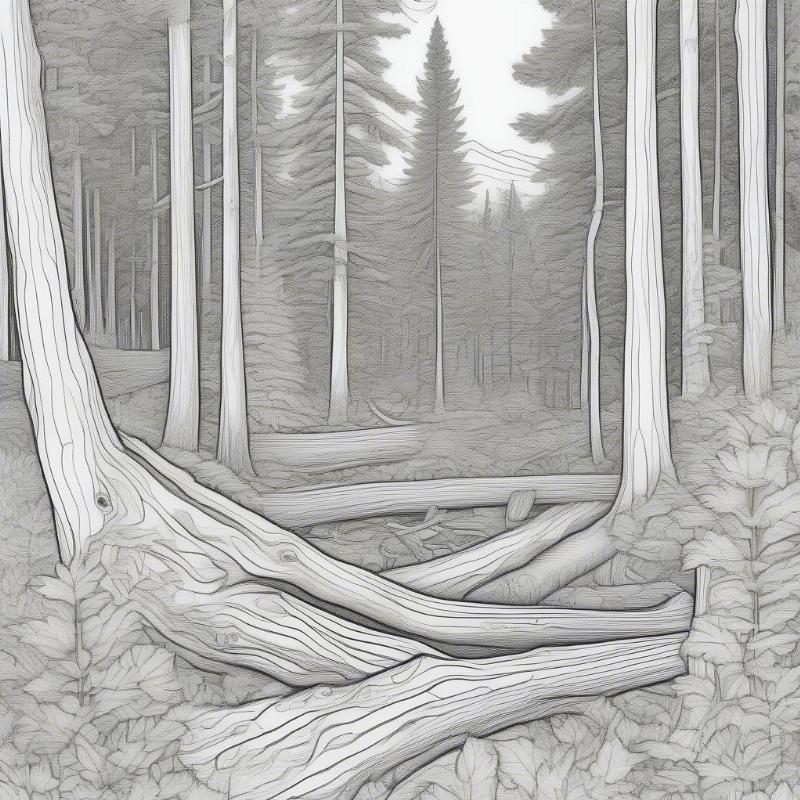 Detailed Emily Carr Forest Coloring Page
Detailed Emily Carr Forest Coloring Page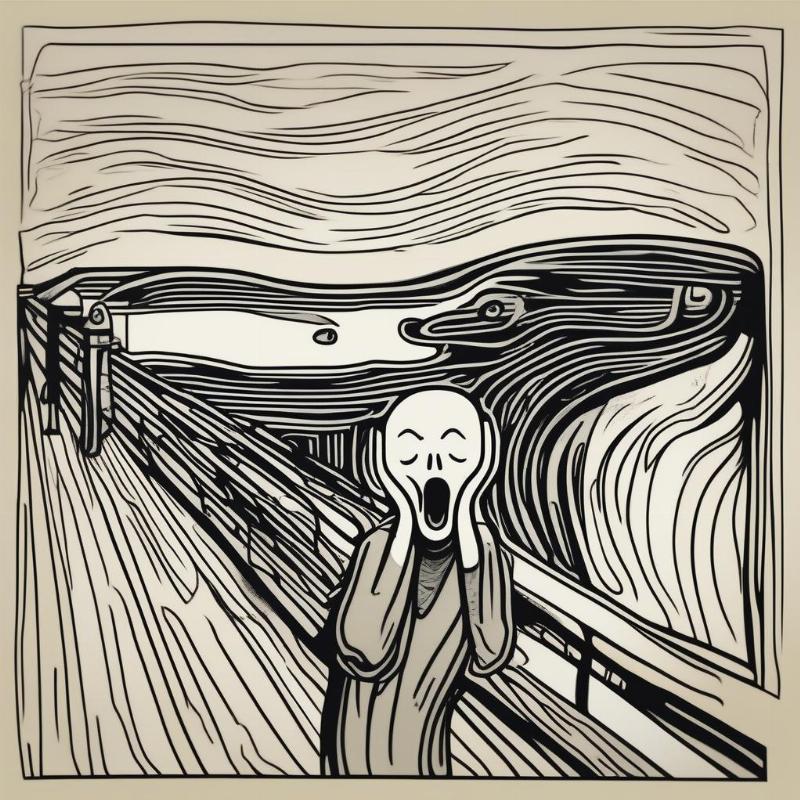
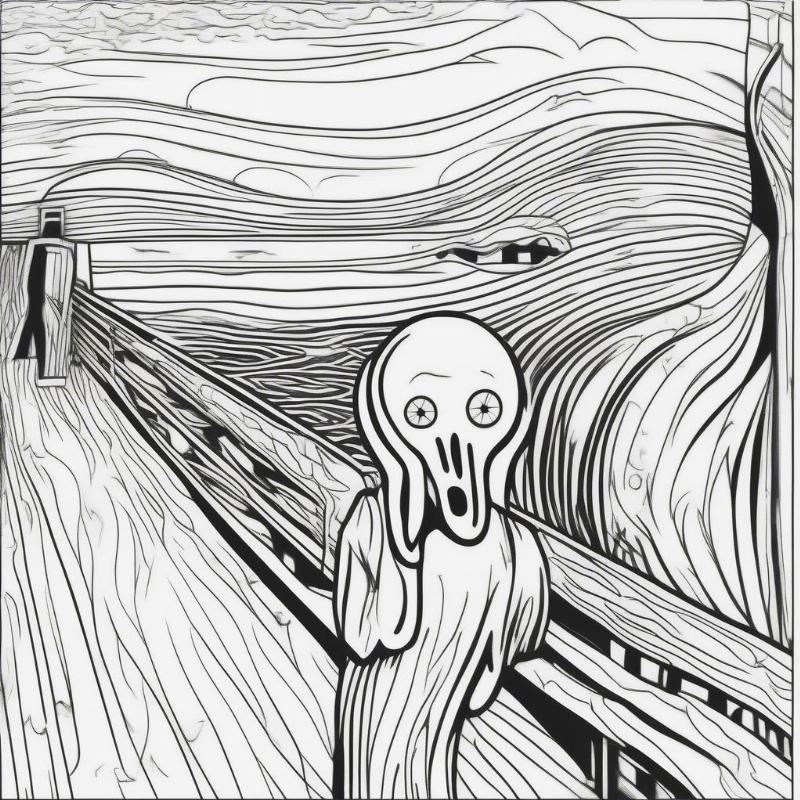 The Scream Coloring Page Advanced Design
The Scream Coloring Page Advanced Design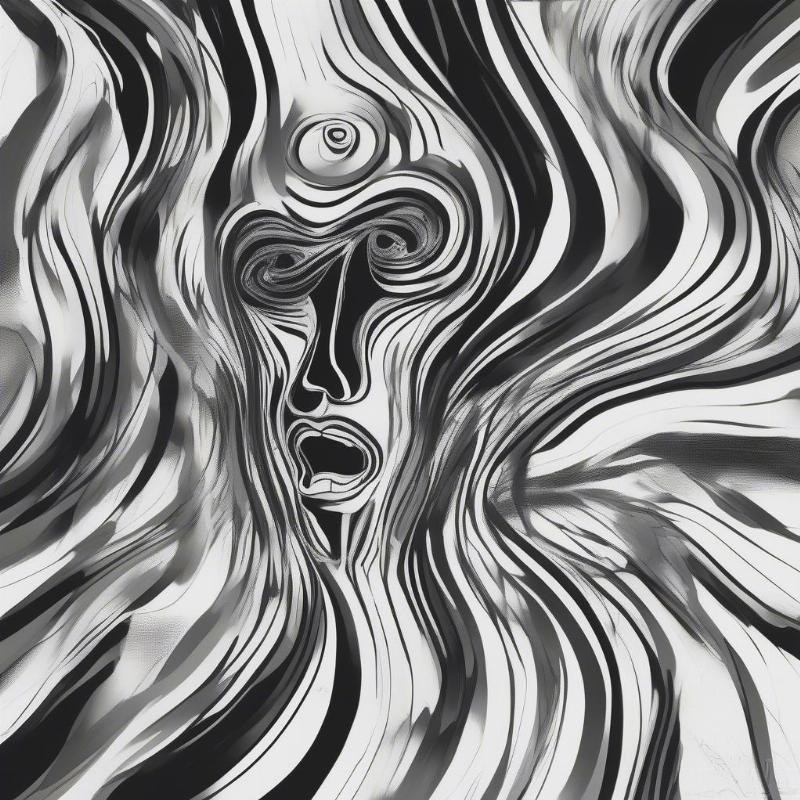 The Scream Coloring Page Abstract Interpretation
The Scream Coloring Page Abstract Interpretation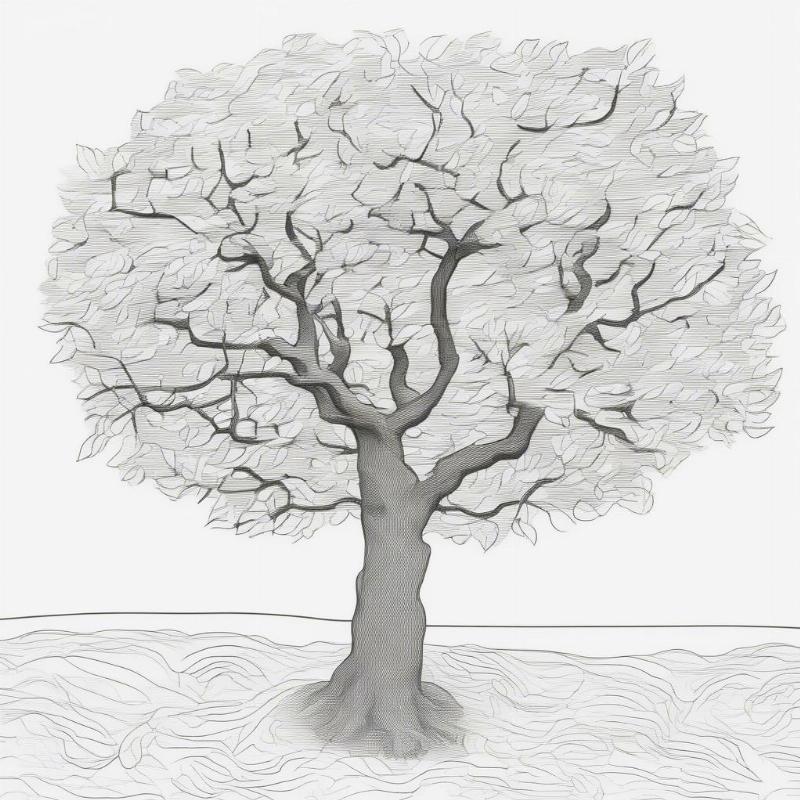
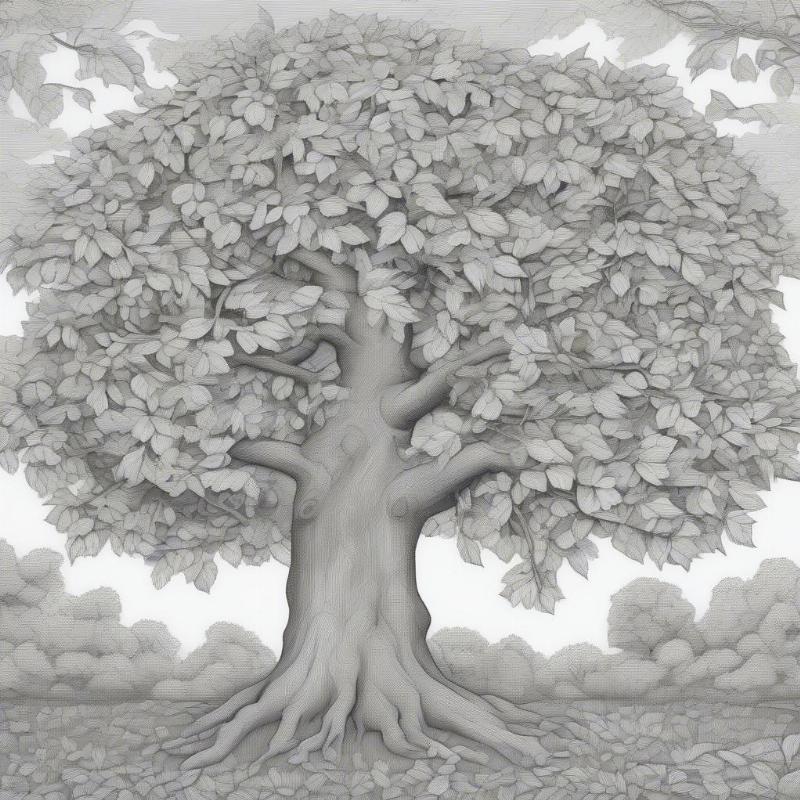 Mulberry Tree Coloring Page Advanced Design
Mulberry Tree Coloring Page Advanced Design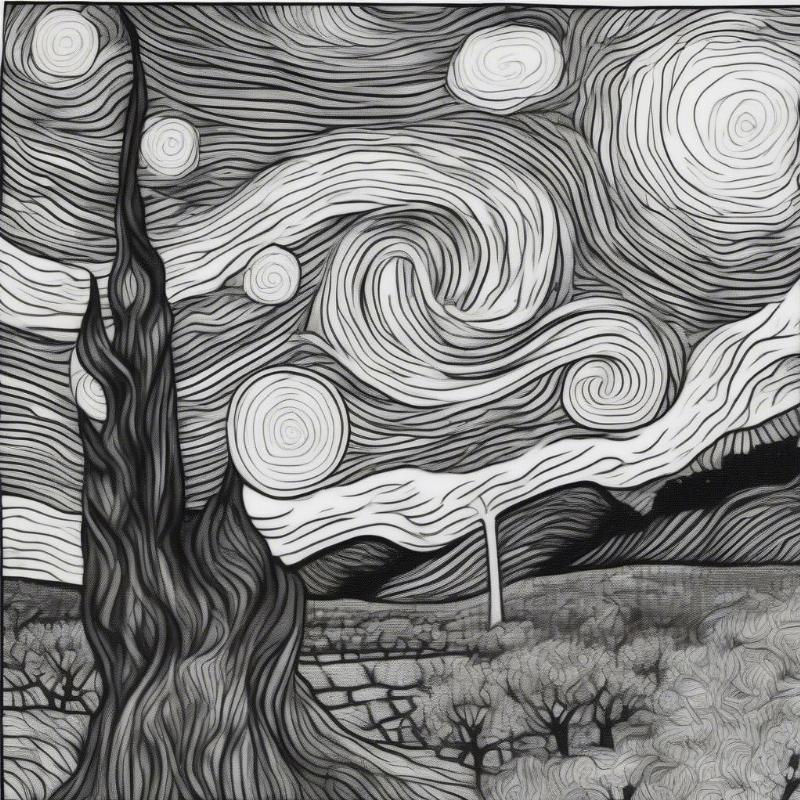 Mulberry Tree Coloring Page with Night Sky Background
Mulberry Tree Coloring Page with Night Sky Background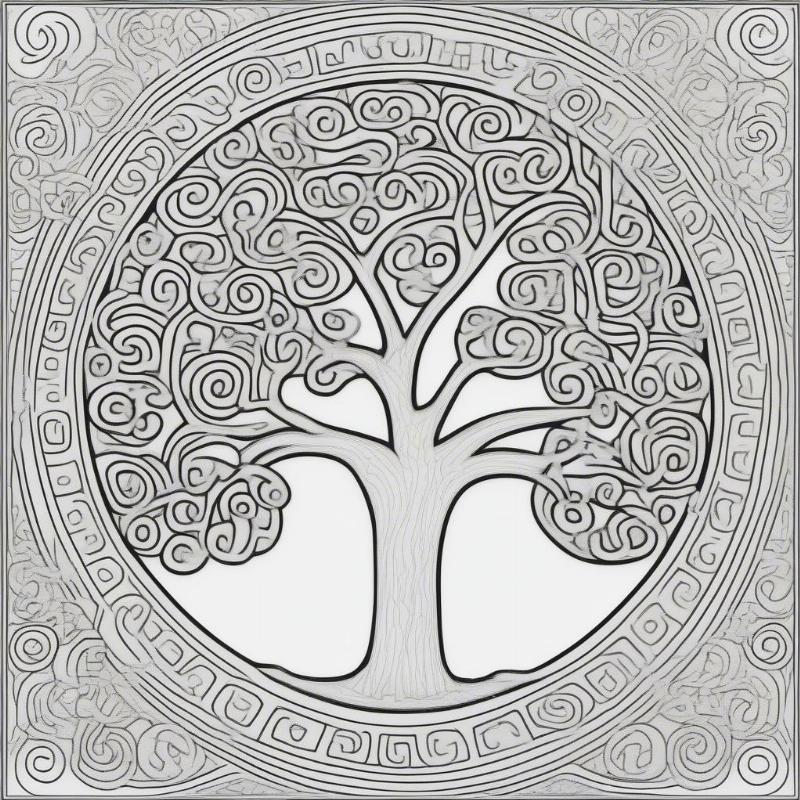
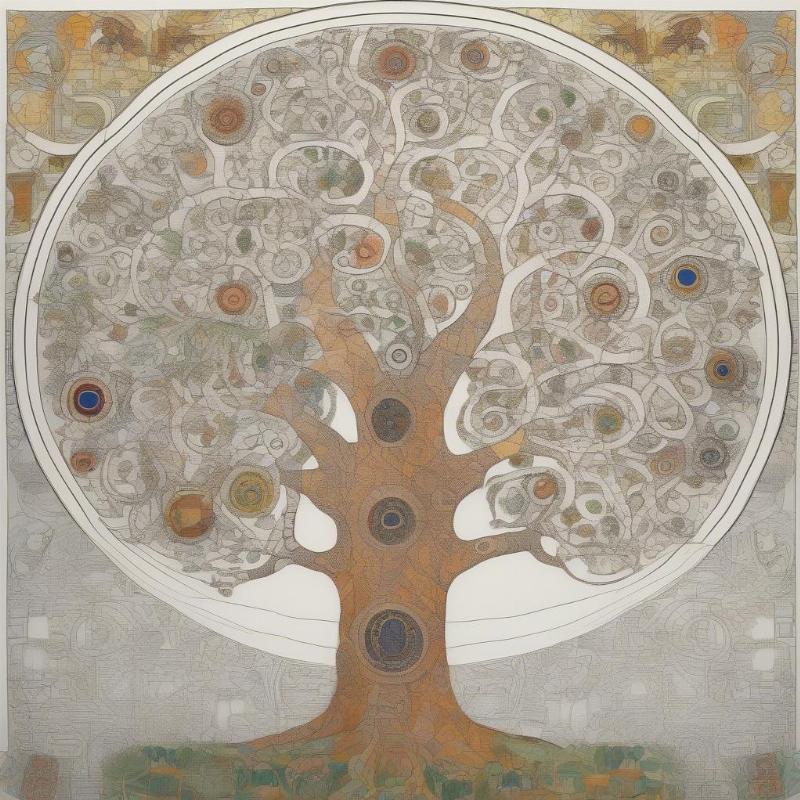 Intricate Tree of Life Coloring Page Design
Intricate Tree of Life Coloring Page Design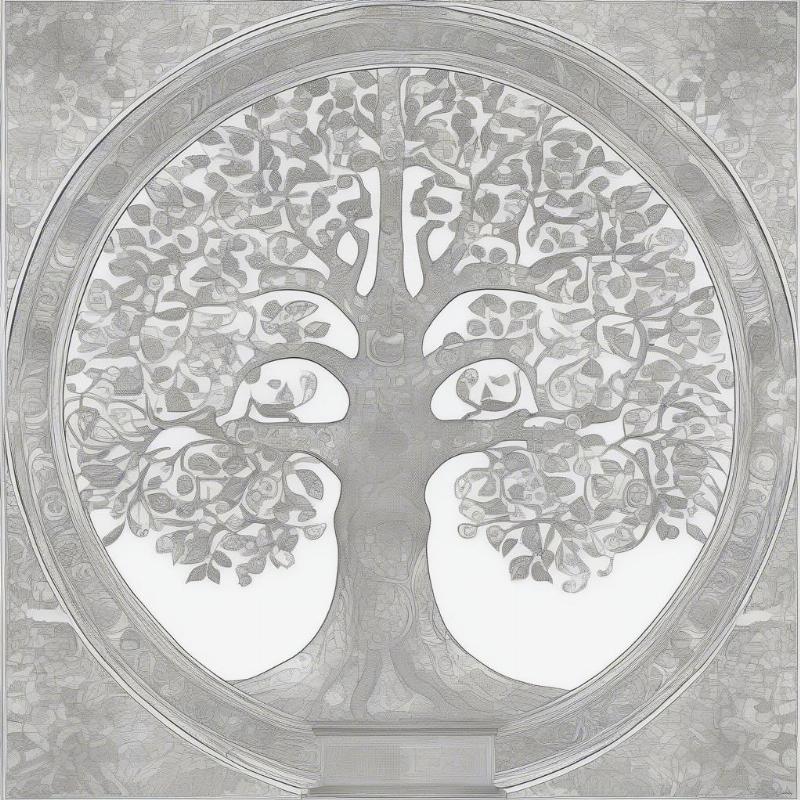 Tree of Life Coloring Page – Central Trunk
Tree of Life Coloring Page – Central Trunk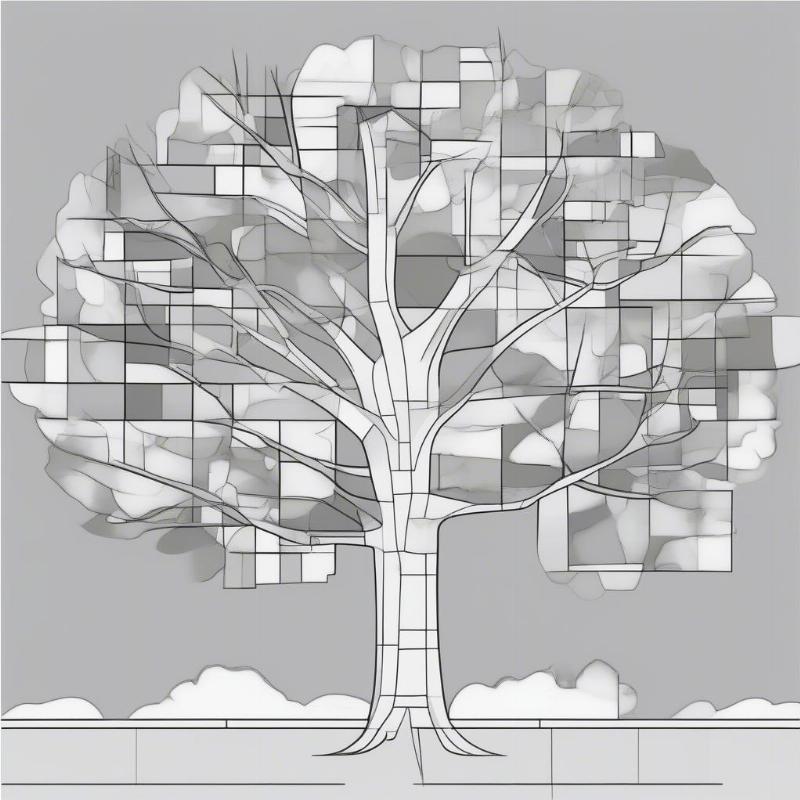
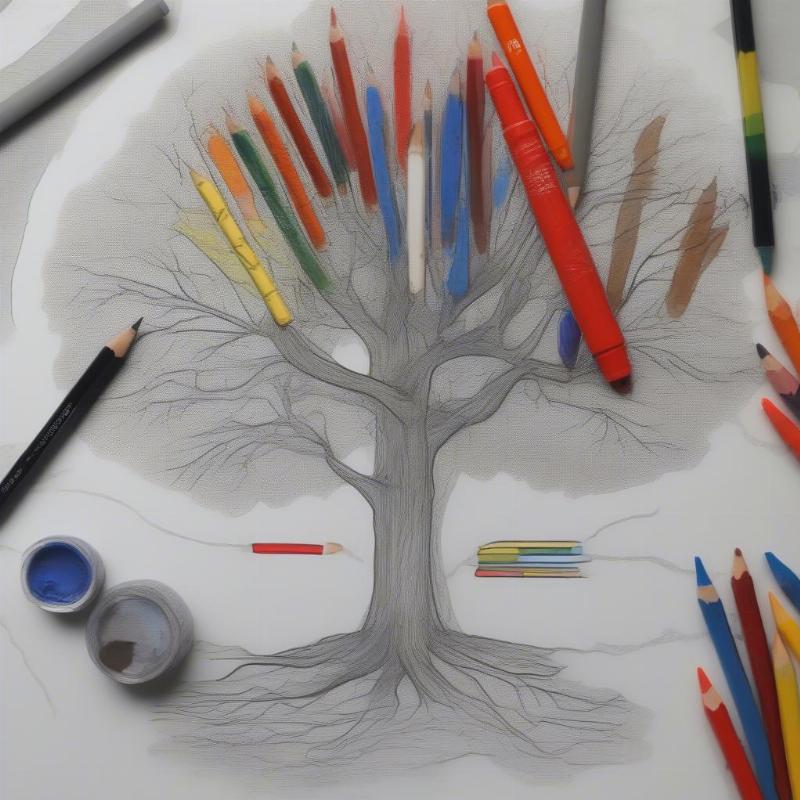 Coloring Materials for Gray Tree by Piet Mondrian
Coloring Materials for Gray Tree by Piet Mondrian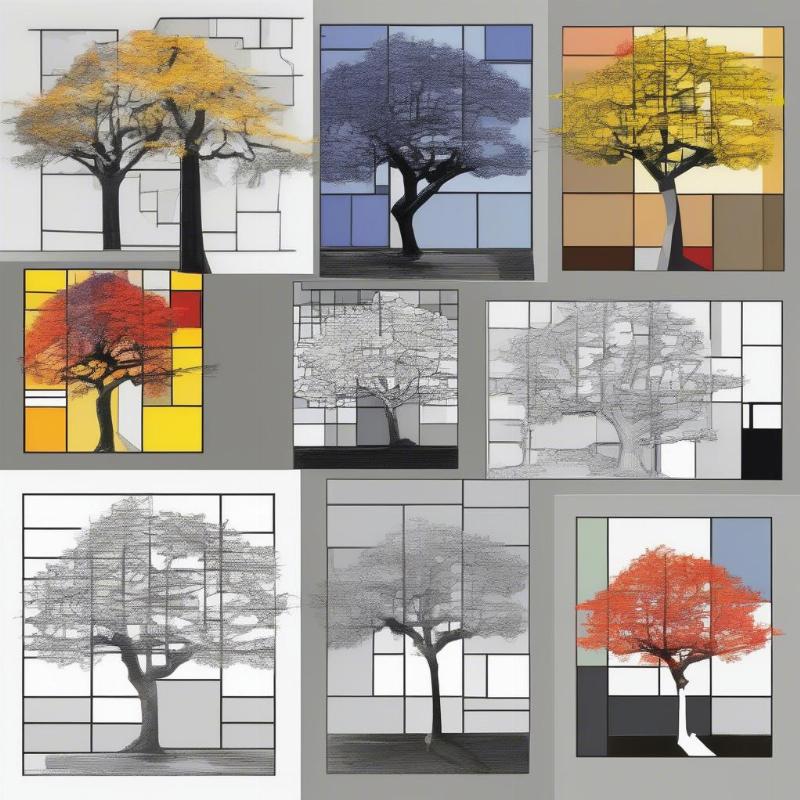 Colored Gray Tree by Piet Mondrian Examples
Colored Gray Tree by Piet Mondrian Examples